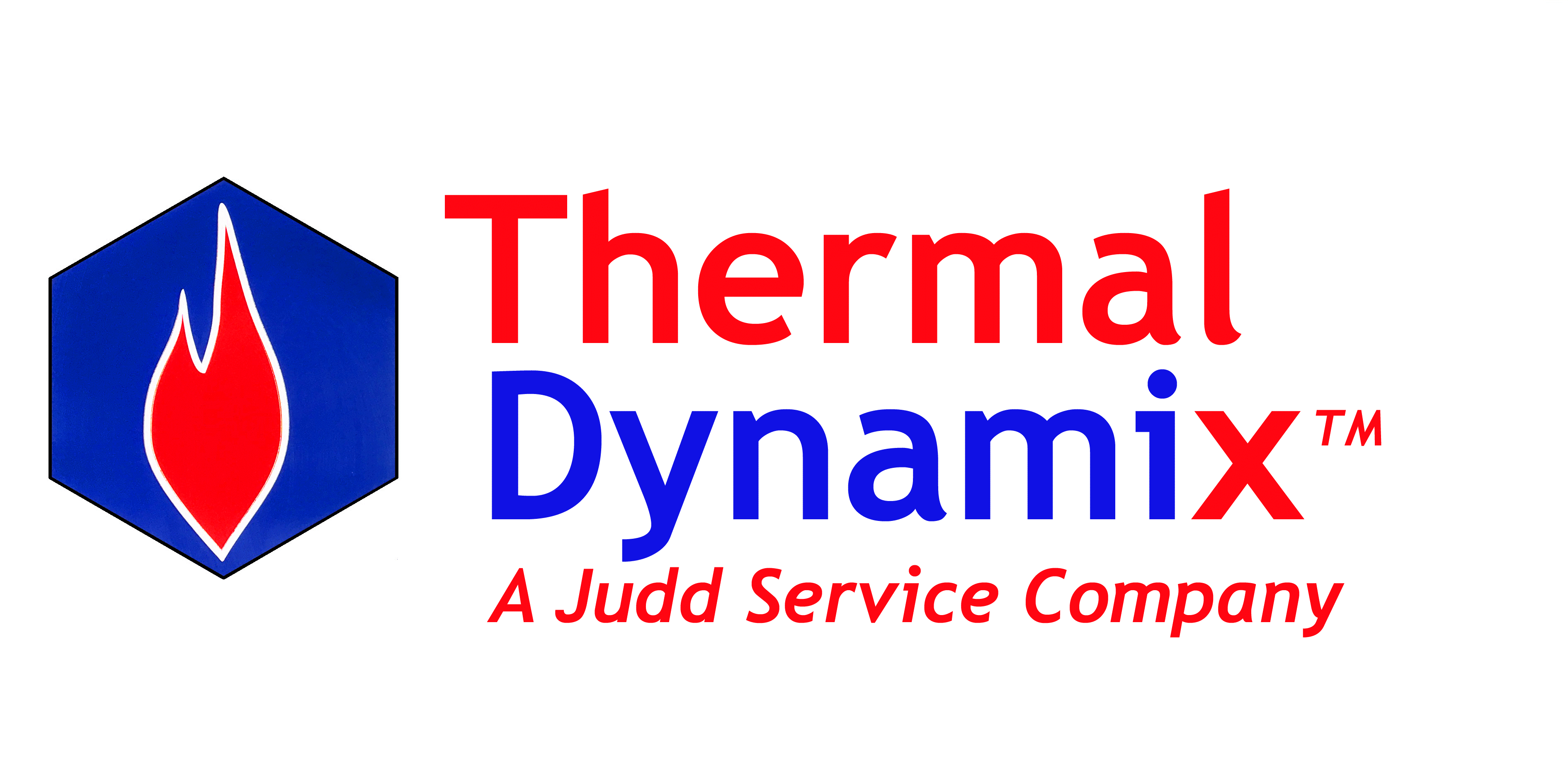Exothermic atmosphere generators
Exothermic generators are designed to produce cover gases for a variety of applications from use as a non-oxidizing atmosphere in the heat treating of bright metals, such as aluminum and copper, to providing a carburizing atmosphere for some metals to simply providing an inert, explosion-proof environment. These cover gases are produced from the combustion of hydrocarbon fuels. Although propane and natural gas are the most commonly used, virtually any combustible fuel, such as MAP gas or even liquid fuels, such as kerosene or fuel oil, can be used.
Exothermic generators, built by Thermal Dynamix™, are compact; water-cooled units for either rich or lean atmospheres.

EX90
The exothermic generator is essentially a very tightly constructed and controlled combustion chamber into which a precisely measured and controlled mixture of air and fuel are introduced and ignited. The mixture burns at temperatures from 1,900 °F to 2,300 °F.
There are actually two types of exothermic gas generators: a lean type to produce a lean exo-gas comprised largely of nitrogen and carbon dioxide (with very little hydrogen) and a rich type to produce a rich exo-gas containing somewhat less nitrogen and carbon dioxide and substantially more carbon monoxide and a larger hydrogen component.
Generally speaking the lean exo generator produces an output gas composition of approximately:
86.8% Nitrogen
1.2% Hydrogen
10.5% Carbon Dioxide
1.5% Carbon Monoxide
A rich exo generator produces an output gas composition of approximately:
71.5% Nitrogen
12.5% Hydrogen
5.0% Carbon Dioxide
10.5% Carbon Monoxide
The difference in the two types is that the firing of a very rich fuel mixture, in the rich generator, requires the a catalyst bed to ensure the complete cracking of the products of combustion.
Upon completion of the combustion process, the gas, now depleted of any oxygen, is cooled to about 120 °F and sent to its intended use. Sometimes the gas is dried to a very low dew point and occasionally it is compressed but often it is used as it is produced without further finishing.
Normally, the final dew point of the process gas is approximately 20 °F above the cooling water temperature (i.e. 40 °F water = 60 °F dew point). However, with the addition of refrigerated gas dryers, dew points as low as -40 °F are possible. Thermal Dynamix™ exothermic generators are equipped with variable speed pumps enabling the generator output to be varied in response to demand. Separate electric-ignition pilot systems are provided for push button ease of start up. The combustion chambers are fabricated from rugged, light weight, high performance, ceramic material and are designed to be easily serviced. Control and programming is by touch screen, providing clear and unambiguous read-outs of operating parameters.
Available Sizes:
We build Thermal Dynamix™ exo-generators in standard capacities from 1000 to 10,000 SCFH and we can build much larger custom units. We can provide an exothermic generator to meet your particular needs.
Thermal Dynamix™ exo-generators are engineered with adjustable firing rates (turndown capability) which allow matching the supply of exo-gas to the demand thereby minimizing overboard discharge and maximizing the economy of operation.
The EX10 exo-generator is adjustable from 500 to 1,000 SCFH
The EX20 from 500 to 2,000 SCFH
The EX40 from 1,000 to 4,000 SCFH
The EX80 from 2,000 to 8,000 SCFH
The EX100 Series from 3,000 to 10,000 SCFH
The capacity of a particular generator is determined by the size of the burner, firing chamber and heat exchanger.
Periodic Maintenance
As with all equipment, periodic maintenance will be required. Ours happens to require less than most of our competitors. We designed the Thermal Dynamix™ generator to be maintenance friendly. It’s well instrumented and access to any component is immediate and easy. You don’t have to dismantle the whole machine just to get to a specific component.
Output Gas Pressure
Thermal Dynamix™ standard exothermic generator configuration assumes an output gas pressure of approximately 1.5 – 2.0 psig. However, the system can be configured for higher output gas pressure if desired.
